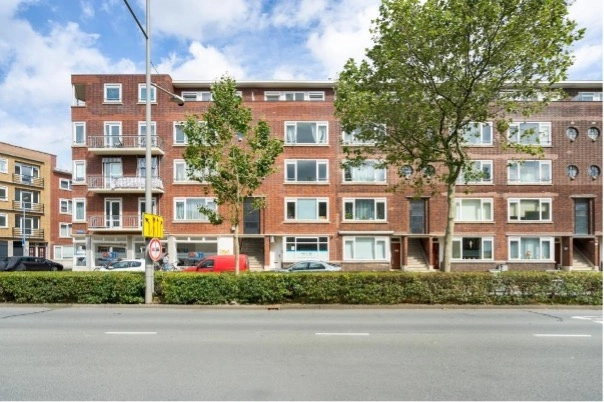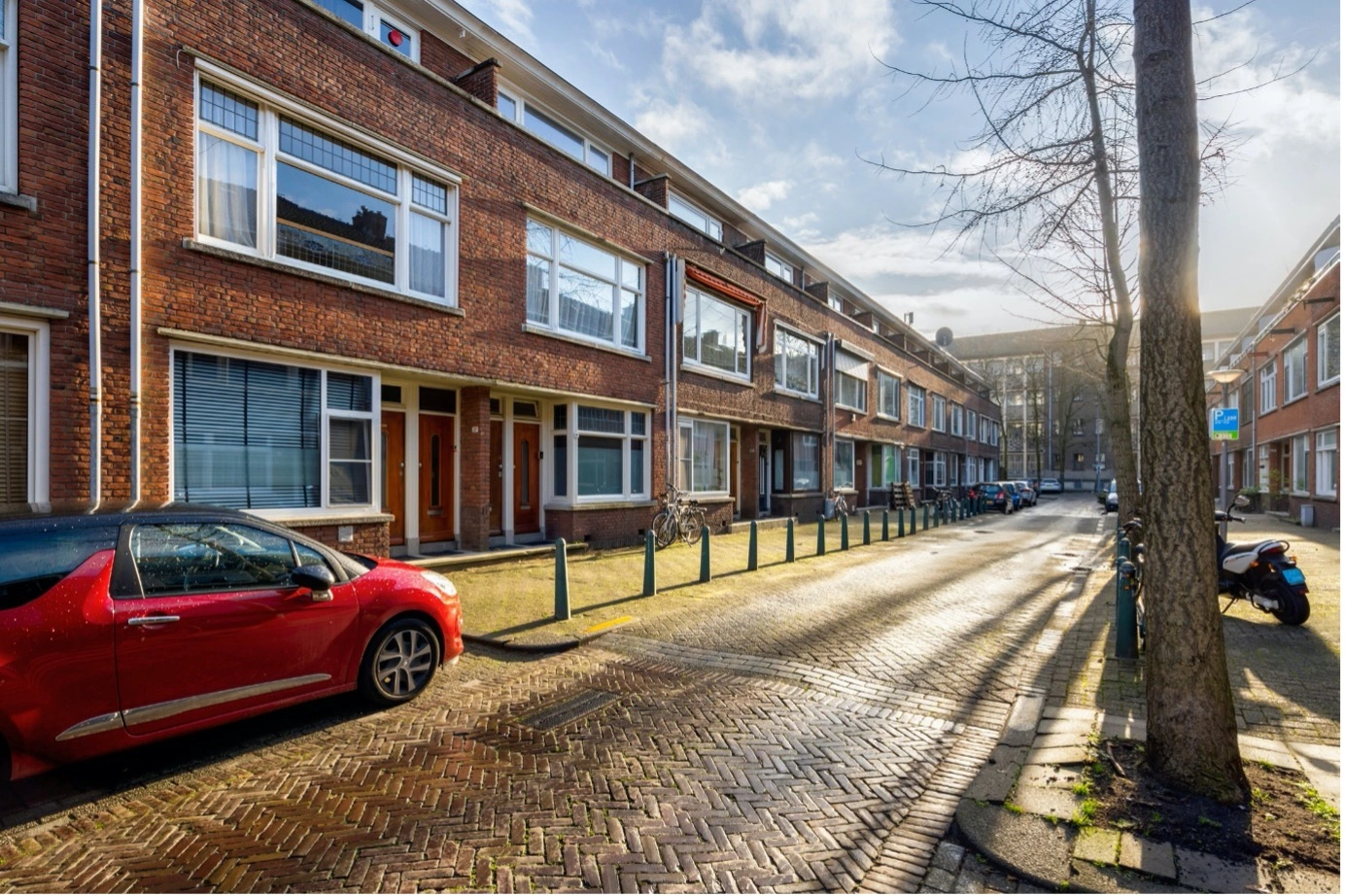- en
- nl
The former village of Charlois forms the attractive historical core of the Oud-Charlois district. The district is bounded by the Nieuwe Maas in the north, the Dorpsweg in the east, the Kromme Zandweg in the south and the Waalhaven in the west.
The district Charlois consists of the following neighbourhoods:
1462 is considered the founding year of Charlois. This is when Charles the Bold, the liege lord, recorded by deed that the area would be called Charollais and that a church dedicated to Saint Clemens would be built. Around this church grew the agricultural village of Charlois, which was annexed by Rotterdam in 1895 to expand the harbour activities on the south bank. Around the village the current city district arose. The district also includes the Dokhaven area, where the construction of a sewage treatment plant in the filled-in Dokhaven was combined with housing and a district park.
The strength of Oud-Charlois lies in its distinctive and green environment and in its enthusiastic residents. Nowadays, the district is home to more than 150 artists and creative entrepreneurs. The neighborhood has many active groups of residents who are committed to their fellow residents and to improvements in the neighborhood. They take the initiative for large and small events around the Oude Kerk, such as Bazar Bizar, Kunstweekend Charlois and the Blommenfesteijn. If you are renting an apartment here, you have everything you need!
The shops in Oud-Charlois are concentrated on Wolphaertsbocht, Katendrechtse Lagedijk and Boergoensestraat. There are four primary schools. Oud-Charlois has five secondary schools, which attract pupils from all over Rotterdam South. Courses and various activities are organised in the Oud-Charlois community center, which also houses a library. There are two district parks: the Dokhavenpark and the Karel de Stouteplantsoen.
Accessibility of Oud-Charlois
The Bergpolder area is easily accessible by public transport, with various bus and tram stops in the area. Highways are easy to reach.

